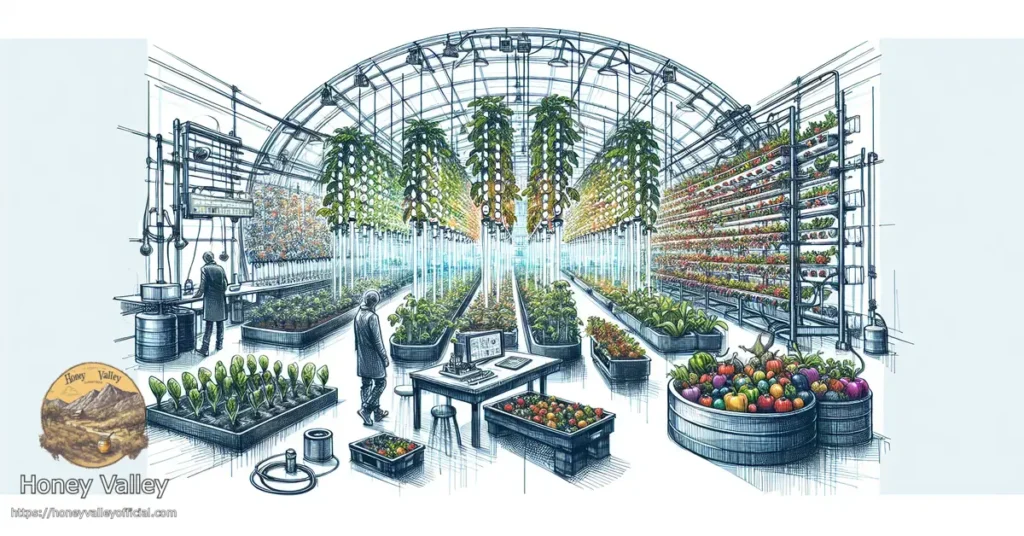Soil erosion and soil leaching are two distinct processes that can have a significant impact on the health and productivity of our land. While both involve the movement of soil particles, they occur through different mechanisms and have distinct effects on the soil composition. In this article, we will explore the differences between soil erosion and soil leaching, highlighting their causes, consequences, and potential solutions.
Soil Erosion
Soil erosion refers to the process of the detachment, transport, and deposition of soil particles caused by natural forces such as wind, water, or ice. It is a widespread problem that affects agricultural lands, forests, and construction sites, among others. Erosion can occur due to various factors, including:
- Heavy rainfall
- Strong winds
- Steep slopes
- Lack of vegetation cover
- Poor land management practices
When soil erosion happens, the top layer of fertile soil, known as topsoil, is often the most affected. Topsoil is rich in organic matter, nutrients, and microorganisms, making it crucial for plant growth. The loss of topsoil through erosion can have severe consequences, including reduced agricultural productivity, increased sedimentation in water bodies, and degradation of ecosystems.
To mitigate soil erosion, various soil conservation practices can be implemented, such as:
- Terracing
- Contour plowing
- Windbreaks
- Strip cropping
- Conservation tillage
These practices help to minimize the impact of erosive forces, protect the soil structure, and promote the retention of water and nutrients in the soil.
Soil Leaching
Soil leaching, on the other hand, refers to the process of the downward movement of water-soluble nutrients and minerals through the soil profile. It occurs when water percolates through the soil, carrying dissolved substances with it. Leaching is influenced by factors such as:
- Excessive rainfall
- High irrigation rates
- Low soil organic matter
- Acidic soils
- Intensive fertilizer use
During leaching, essential nutrients like nitrogen, phosphorus, and potassium can be lost from the root zone, which can lead to nutrient deficiencies in plants. These nutrients are crucial for plant growth and development, and their depletion can negatively impact crop yields.
To minimize the effects of soil leaching, farmers and gardeners can employ various strategies, including:
- Using slow-release fertilizers
- Applying organic matter to improve soil structure
- Implementing efficient irrigation practices
- Monitoring soil pH and adjusting as necessary
- Adopting crop rotation and cover cropping
These practices help to improve nutrient retention in the soil, reduce the leaching of valuable nutrients, and promote sustainable agriculture.
Conclusion
While both soil erosion and soil leaching involve the movement of soil particles, they differ in their causes, mechanisms, and impacts on soil health. Soil erosion is primarily driven by natural forces, leading to the loss of topsoil and reduced agricultural productivity. Soil leaching, on the other hand, occurs when water-soluble nutrients are washed out of the soil, potentially leading to nutrient deficiencies in plants.
Understanding these differences is crucial for implementing effective soil management practices and conservation strategies. By adopting sustainable land management practices, we can mitigate the negative effects of soil erosion and leaching, ensuring the long-term health and productivity of our soils.


